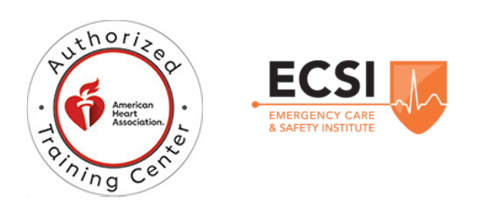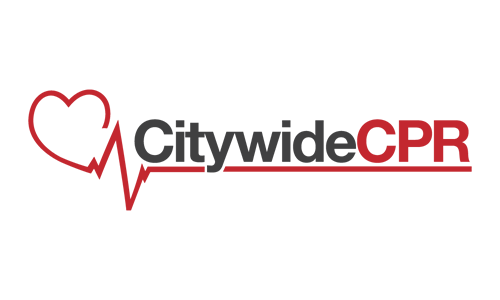When the heart stops beating, the brain tissues eventually die and so death occurs. That’s how crucial the heart is for the human body. The problem usually arrives from malfunction or stoppage of heartbeat, which results to failure to deliver blood to different organs of the body, including the brain. Cardiopulmonary resuscitation (CPR) and the use of automated external defibrillator (AED) are among the prescribed first aid practices for such life-threatening situation. Here are some of the common emergency cases where application of CPR and AED are highly required:
- Attack of a Heart Disease – sudden cardiac disease, heart attack, and other deadly heart diseases are among the most common causes of deaths in the US as well as in several other countries around the world. These are generally triggered by clogged blood vessels, abnormalities in the heart muscle and tubes, or high blood pressure (hypertension). Obesity, type-2 diabetes, and inflammation of muscle tissues such as gums could also result or contribute to a certain heart disease.
- Physical Injury – any injury that involves intense mechanical impact to the human body could extremely affect the heart and result to its malfunctioning. In some cases, dislocation and suppression of blood vessels cause the problem. There are also several cases where blood circulation is due to blocked airway resulted by the injury. Usually, the person’s pulse is used as indicator that he is still alive and his heart rhythm could be recovered through CPR and the use of AED.
- Drowning – when a person gets drowned, water enters his airway and causes malfunction in his cardiorespiratory system. That’s why he can’t breathe and his heart stops beating. As an immediate response to a drowning victim, CPR is best done with mouth-to-mouth resuscitation to pump out the water taken inside his body.
- Drug Overdose – excessive intake of drugs, especially non-prescribed ones, are harmful to the cardiovascular system of the body. It could result to rapid development of abnormalities in the heart, blood vessels, and even in the respiratory organs. When this happens, the sufferer can’t breathe normally and his heart rhythm changes drastically.
- Suffocation – just like drowning, inability to breathe due to suffocation causes the heart to stop working. This could happen when an enclosed room where there is limited oxygen or where there is smoke or any harmful gas. Actually, just covering a person’s head with a plastic bag could lose his breathing and so suffocation takes place.
- Electric Shock – ventricular fibrillation is just one of the reasons why the heart stops functioning. Aside from the occurrence of a heart disease, this could take place when a person gets electric shocked at an intense level, making the heart loses its normal rhythm. To recover normal heartbeat, a particular amount of electric energy could be applied also with the use of an AED.
Get to know more about CPR and AED at citywidecpr.com. You can opt for an extensive CPR training at Citywide CPR if you want to become prepared enough against the said between-life-and-death scenarios. Just visit their website to get a glimpse of the CPR training they offer.





